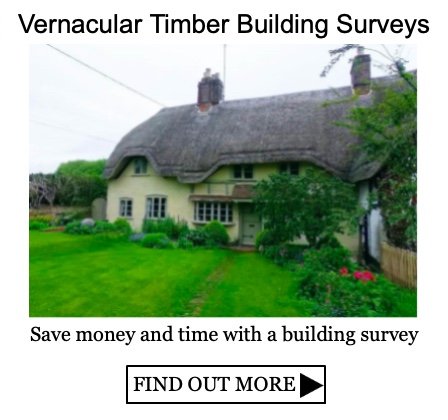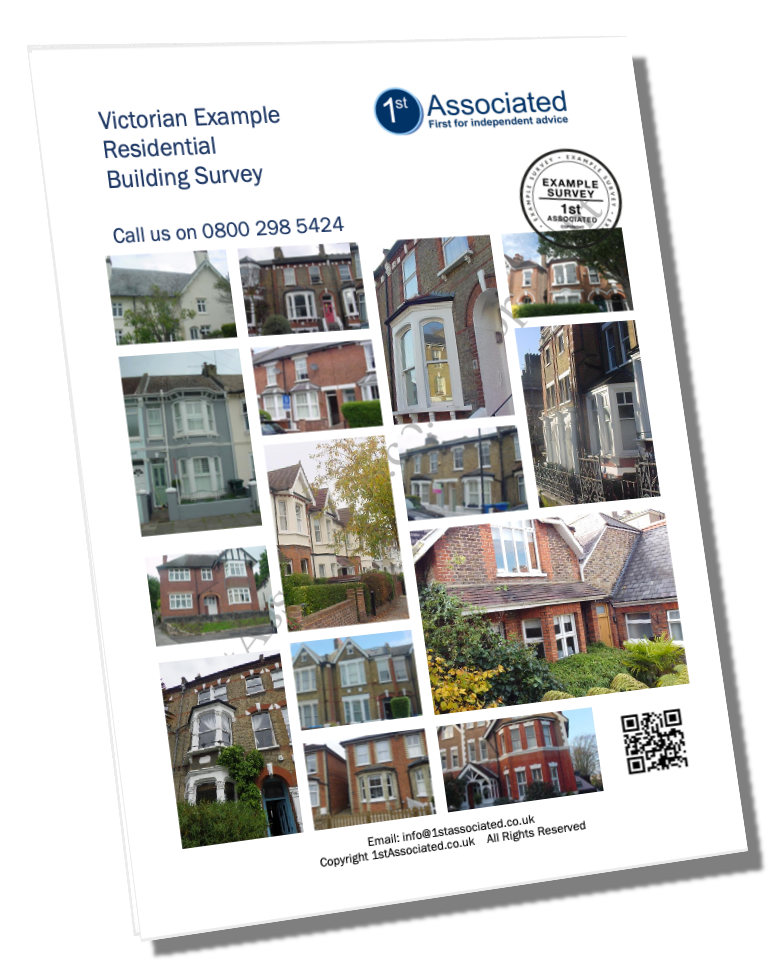Tudor vernacular timber and vernacular stone Building Surveys
Do you either own a Tudor vernacular timber or vernacular stone house or are thinking of buying a Tudor property?
Yes, please call us on free phone 0800 298 5424 today
We provide independent help and advice with regard to property surveys, building surveys, structural reports, engineers reports, defects surveys and structural surveys matters.
We have carried out building surveys on many different types of Tudor vernacular timber and vernacular stone properties over many decades.
Vernacular timber and vernacular stone properties take a look at our video below to find out more.
This video looks at vernacular timber and vernacular stone buildings and the risks and rewards of purchasing, and how we as Building Surveyors can help you buy the right property at the right price.

Tudor vernacular timber and vernacular stone One
What are vernacular timber or vernacular stone Houses?
Vernacular Stone properties
In the 15th/16th/17/18th Century buildings which were traditionally built using local materials are known as vernacular architecture.
In areas where stone is plentiful, we usually find stone vernacular buildings built between 1500s to mid-1800s, sometimes later, particularly in rural areas. The term vernacular means built from locally sourced materials. It was not until the Victorian era when we had a good railway system that we were consistently able to source materials from further afield, such as slate roofing.
Stone vernacular buildings have generally been developed over the years and extended and altered as required. It should be remembered that these type of buildings are often pre-drainage, which was added at a later date, and also heating would have been via fireplaces and local fuel, with radiators being a relatively modern invention. Everything generally would have been purpose made from the roofs being hand cut, although sometimes these have been replaced over the years, to purpose made windows.
Often with vernacular buildings the term ‘cottage’ is used. This is one of many terms that relate to workers on the land ‘cottager’. Unfortunately, many have been unsympathetically modernised and the people carrying out the work often do not fully understand how older properties work and can therefore inadvertently cause problems, such as replacing the lime mortar typically with a cement mortar and trying to add chemical damp proof courses to a building that is meant to ‘breathe’/dissipate dampness.
Vernacular Timber properties
Possibly the era most people think of for timber frame construction was the Tudor/Vernacular era, which was 1485-1603, although this type of timber frame building was built before and afterwards.
They are generally listed buildings due to their historic value.
These are the buildings that people often call black and white buildings.
For more information on Tudor properties contact us today Free phone 0800 298 5424
Or to find out more about a better way to survey click on this link SurveySoftware1st
All rights reserved
All rights are reserved the contents of the website are not to be reproduced or transmitted in any form in whole or part without the express written permission of www.1stAssociated.co.uk



